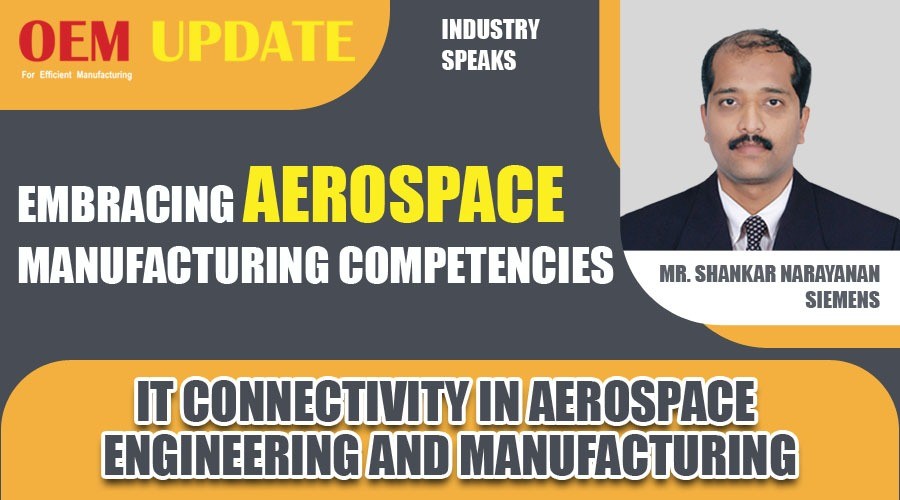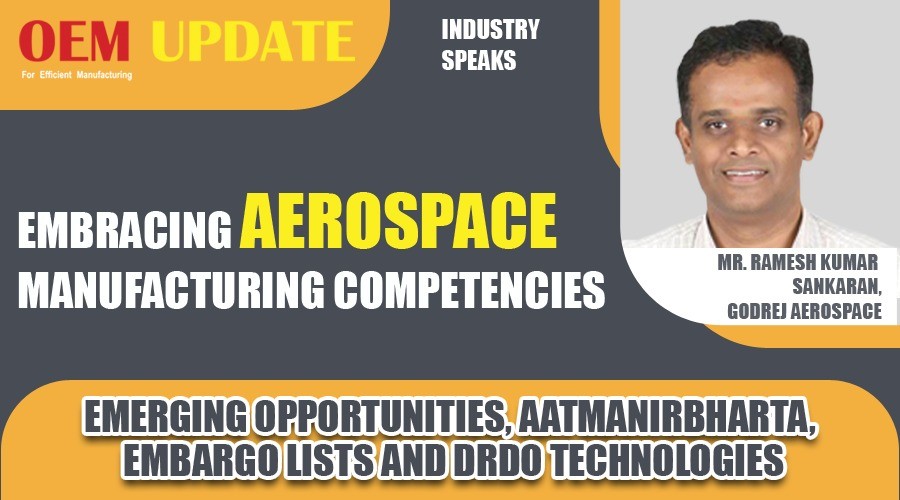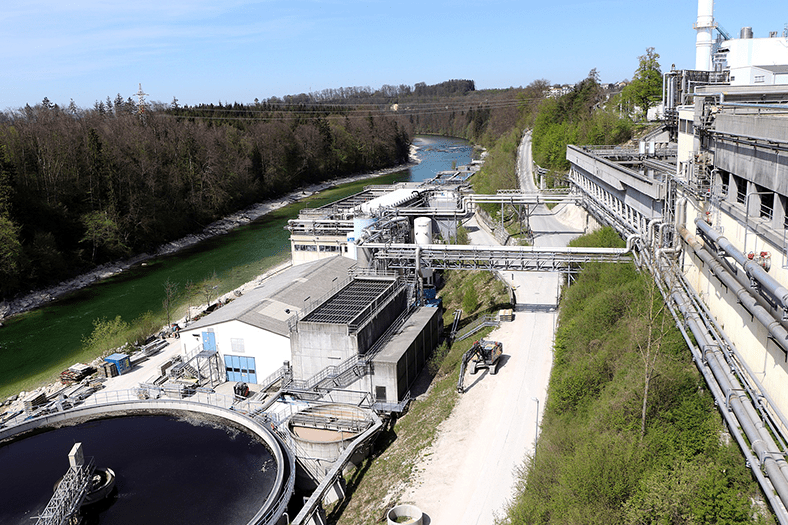Saving time with force optimisation
April 30, 2021 5:28 pm
For this Minnesota job shop, CGTech’s Force optimisation software reduces cycle time on every job it touches.
When we last heard from Ultra Machining Company (UMC), an aerospace and medical job shop in Monticello, Minn., programmers Don Lahr and Mike Triplett were talking about their use of VERICUT’s OptiPath knowledge-based machining module. The two had recently installed a software update; one that included a customisation they had asked the VERICUT developer CGTech to create on their behalf. The enhancement request—VERICUT SCR #16986: Adds ability to output optimised feed rates with multiplier variable—made feed rate changes easier through operator-accessible macro variables. This modification serves to streamline setups and eliminate the need for the programming offices’ involvement on what could now be done with a simple variable adjustment.
Force adoption
That was three years ago; Lahr and Triplett are still there, as is Cory Mahn, a twelve year employee who joined the programming department shortly after the OptiPath story interview. At that time, there’d been some discussion of CGTech’s newly-released Force module, a physics-based toolpath optimisation tool said to reduce cycle times by 25 percent or more, but for UMC at least, its implementation was still in the distant future. Not anymore. In February 2020, UMC undertook its first Force test run on what Lahr describes as a fairly long-running job.
The results were impressive enough that upper management agreed to invest in the software. “We reduced around 10 percent off the cycle time on that one-part number which ended up saving the company almost $13,000” he said. It’s not as large savings as those we’ve since achieved with Force, but it definitely opened some eyes to the value in moving forward.” The workpiece in question is a medical component made out of 304L stainless steel and measuring approximately 2” x 3” x 1/2” thick. The largest tool used is a 3/4” 4-flute carbide end mill, the smallest just 1/32”, taking axial depths of cut “only a thou’ or two” per pass.
Lahr noted that Force provided the most benefit during roughing and semi-finishing operations, but he added that even with very small tools helped optimise tool paths to the point that cutter breakage fell to zero while cycle time often improved. “There’s definitely a benefit for tool life as well,” he added.
Monticello Mods
Force use isn’t the only thing that’s changed at UMC over the past three years. The company is still on its second generation of family ownership, but the number of employees has doubled to nearly 200 people. The number of CNC machine tools has also increased. There’s now a handful of Okuma M460V- 5AX five-axis vertical machining centers, a pair of Okuma four-axis MB-46VAE verticals, and three MX- 520 five-axis Matsuuras, two with four-station pallet pools. Floor automation is on the rise.
“It’s hard to find skilled workers, so we’ve been adding robots to some of our lathes and mills,” said Mahn. “This provides an opportunity to run lightly attended or even unattended in some cases, even though our lot sizes are fairly small. We’ve also upgraded our work holding on some of the machines, and are doing offline tool pre-setting.” The facility is also expanding well. In August of 2019, the Minneapolis Star Tribune newspaper reported that “Ultra Machining Co. hopes to build a 40,000-square-foot addition in Monticello, Minn., and add 60 new machinists next year.” Thanks to the Coronavirus, that expansion was slightly delayed.
Still, Lahr offered good news: UMC’s existing 75,000-square-foot facility will expand later this year as they break ground on the 40,000-square-foot addition. “The details are still under review, but the plans are to make that area highly-automated, with robotic machine tending and probably with additional palletisation,” he said. “So even though the expansion will bring in quite a few additional employees, the goal is to avoid having people standing in front of every machine or walking material from place to place.”
And the winner is…
Expansion or not, UMC’s programming team will continue to use Force. As of this writing, 20 different parts numbers have been optimised. Thus far, the cycle time improvements range from 28 per cent down to just over 3 per cent, although Lahr is quick to point out that UMC will recoup its investment three or four times over within the first year. Those familiar with tool path optimisation might be wondering: If UMC was already using OptiPath, why would they invest in Force?
After all, both products promise shorter cycle times and improved tool life. Both solve problems with cutter deflection, chatter in corners, and similarly undesirable machining events. Does this mean UMC’s investment in OptiPath was a waste of money? Not at all, explained Gene Granata, CGTech’s product manager for VERICUT. “Force and OptiPath are different products that use different approaches to optimisation, but each one complements the other,” he said. “OptiPath, for example, doesn’t do any measurement of cutting forces. It instead uses either a volumetric method of optimisation or one that measures chip thickness. Force also measures chip thickness but has additional checks and balances, including monitoring cutting forces or spindle power, and predicts tool deflection. In either case, material removal is kept constant by adjusting the feedrate, and subdividing toolpath motions as needed to maintain consistent nearideal machining conditions for each tool.”
Learning curves
Does that mean a company should use both? The answer, as one might expect, is “it depends.” Granata suggested that Force excels in hard, difficult-to-machine materials, where slight, instantaneous spikes in tool loads can spell big problems with cutters and machine spindles.
OptiPath, on the other hand, is more effective on soft metals like aluminum, mild steel, and grey cast iron where the primary goal is to clear material as fast as possible (rather than keep a constant chip load), or the tool’s cutting conditions never approach unsafe cutting force or spindle power levels. According to Granata, the approach many OptiPath customers use, is to continue using their “tried and true” OptiPath strategies while they begin using Force optimisation, especially in harder or difficult to machine materials, and for certain cutting tools where this optimization method works best. That said, there is no one size fits all approach to programming, as any CNC machinist knows. “It depends on the strategies they prefer using,” he said.
“If you’re an OptiPath power user, you would probably be more apt to add Force optimisation to your OptiPath license and invoke both. You’re then able to choose, on a tool by tool basis, which to use. Programmers can even change strategies during a toolpath to achieve the most effective optimisation. So again, the two are complementary toward offering the most possible optimization strategies.” The experiences of UMC’s programming team appear to support this theory. Mahn noted that Force has further decreased cycle time an average of 5 to 6 per cent on jobs that were previously run through OptiPath.
And as a side benefit, the two have also found that Force reduces their overall programming time. Said Lahr, “With Force, we don’t need to be quite as exact with toolpath creation in our CAM software.” He laughed. “Perhaps the biggest adjustment for me has been to let Force do its thing. It will often suggest a feedrate that is at least double what I would have used, but if you just let it go, Force does it right.”
For more details, visit – https://cgtech.com/
Cookie Consent
We use cookies to personalize your experience. By continuing to visit this website you agree to our Terms & Conditions, Privacy Policy and Cookie Policy.

















 English
English Hindi
Hindi